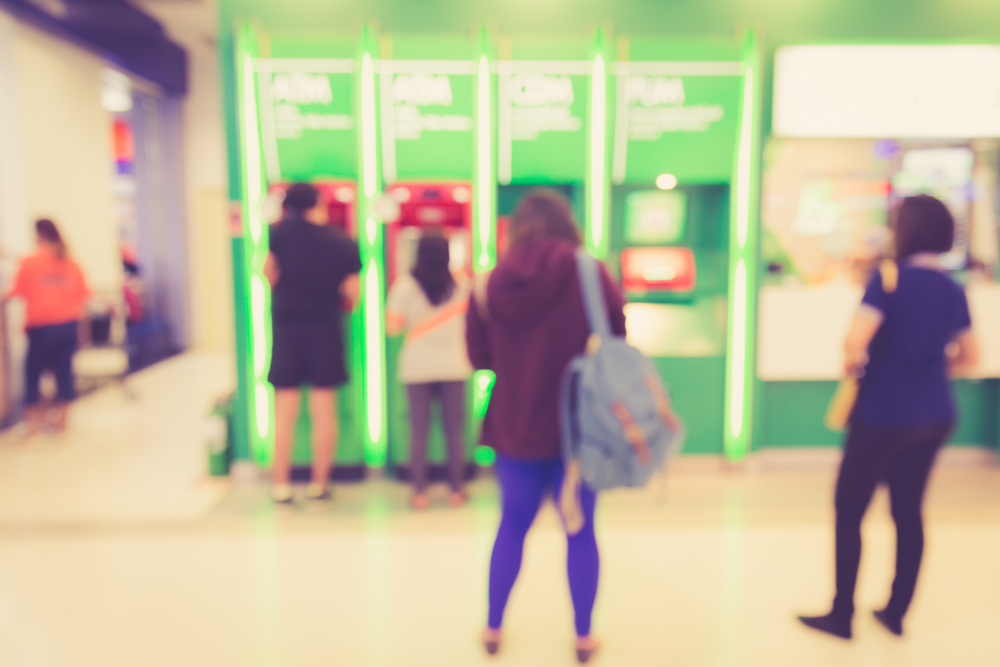With the growing number of Bitcoin ATM deployments around the world, the question comes to mind whether or not future innovation is needed on the hardware side of things. The State Bank of India is rolling out their mobile ATM, and a similar feature would make Bitcoin more accessible to novice users and consumers as well. Transporting such a device could be a costly undertaking though, albeit it is an area worth exploring further.
Also read: Banks Look At Elliptic To Remove Blockchain Anonymity
The Future of Mobile Bitcoin ATMs

Understanding the concept of a mobile ATM is not all that difficult, as it is a machine offering bank teller services, which can be easily deployed at any arbitrary location. One of the things that need to change sooner or later in the Bitcoin world is spreading these devices out throughout more areas, and driving them around sounds like an interesting idea on paper.
Mobile Bitcoin ATMs are installed in the back of a vehicle which can travel from location to location within a city or region. Not only would this give consumers easier access to Bitcoin, but it would also be an interesting spin on accessing financial services altogether.
The travelling aspect of a mobile Bitcoin ATM would need to be figured out carefully, though, as it would be a security risk to move the machine to neighborhoods where criminal activity is running rampant. This concept would be quite interesting to consumers earning [part of] their wage in Bitcoin and convert it to fiat currency, or those who have received their paycheck looking to buy digital currency.
Although there are over 600 Bitcoin ATMs installed all over the world right now, most of these machines are located in major cities. Other regions are left in the cold for the time being, and a mobile Bitcoin ATM would be a potential solution to this problem. However, it remains to be seen whether or not such a solution would be viable in the long run.
There is an argument to be made mobile Bitcoin ATMs already exist in a pocket-sized format, such as the Coinkite terminals. These types of devices let users buy and sell Bitcoin to anyone in the world, and print a paper receipt – and wallet – on demand if needed. The only downside is how consumers would have to rely on how much liquidity the individual Bitcoin seller can offer at any given time whereas a mobile Bitcoin ATM would be hooked up to one or several exchanges.
Source: Finextra
If you liked this article follow us on Twitter @themerklenews and make sure to subscribe to our newsletter to receive the latest bitcoin and altcoin price analysis and the latest cryptocurrency news.

